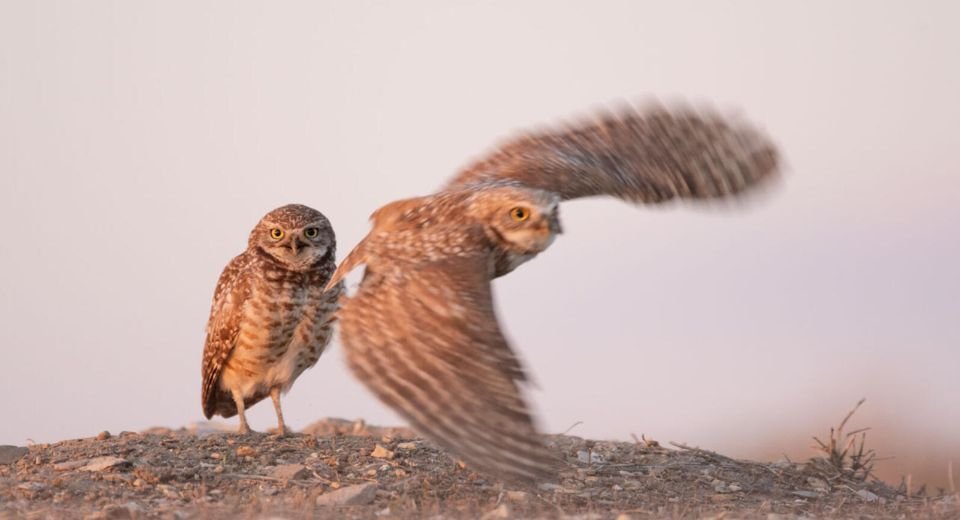Bharti Jayshankar
January 24, 2024: A new comprehensive study says the extent of bird extinctions since the Late Pleistocene has been vastly underestimated, with at least 1300–1500 bird species, constituting approximately 12% of the total, disappearing from the planet.
The research sheds light on the profound impact of human activities on avian biodiversity, calling attention to the urgent need for conservation efforts.
Incomplete fossil records
Birds have faced challenges in preserving their diversity due to low fossilization potential. Human-driven extinctions, caused directly or indirectly by activities such as hunting, land use changes, fire, and the introduction of invasive species, have been recorded but remain significantly underestimated. The incomplete avian fossil record further complicates our understanding of the true extent of bird extinctions.
Pacific Region
The study reveals that the Pacific accounts for a staggering 61% of total bird extinctions, emphasizing the disproportionate impact on island ecosystems. Undiscovered extinctions, species not yet found or leaving no trace, make up 55% of the total, indicating a substantial gap in our knowledge of avian biodiversity loss.
The research team created a statistical model using data from the 640 known extinctions. It used New Zealand as the baseline for bird species loss since it has the most complete bird record and zero unknown extinctions.
Biodiversity loss
Humanity’s expansion out of Africa and subsequent colonization of ice-free lands have triggered waves of extinctions, especially in isolated archipelagos. Small human populations introduced unprecedented threats to native bird species, including habitat loss, introduction of non-native species, and overexploitation through hunting and trapping. The study identifies an intense extinction wave around 1300 CE, representing the largest human-driven vertebrate extinction event, with a rate 80 times the background extinction rate.
Need for conservation action
With approximately one in nine bird species already extinct due to human activities, the study underscores the urgent need for conservation efforts to prevent further irreversible ecological and evolutionary consequences.
Birds aren’t the only animals that face extinction due to human activity. Another 2023 study analyzed more than 71,000 animal species and found that 48% of them have shrinking populations.
Research has found that the Y chromosome that determines the sex of human and other mammal babies is degenerating and might disappear in a few million years. This means most mammals might become extinct unless a new gene evolves. Claims of the ultimate demise of the Y chromosome have led to a lot of contention and debate. A recent study found that the sperm count is falling.
All the findings emphasize the importance of a global perspective in understanding and addressing the ongoing crisis, with implications for biodiversity, evolutionary history, and future conservation strategies.




